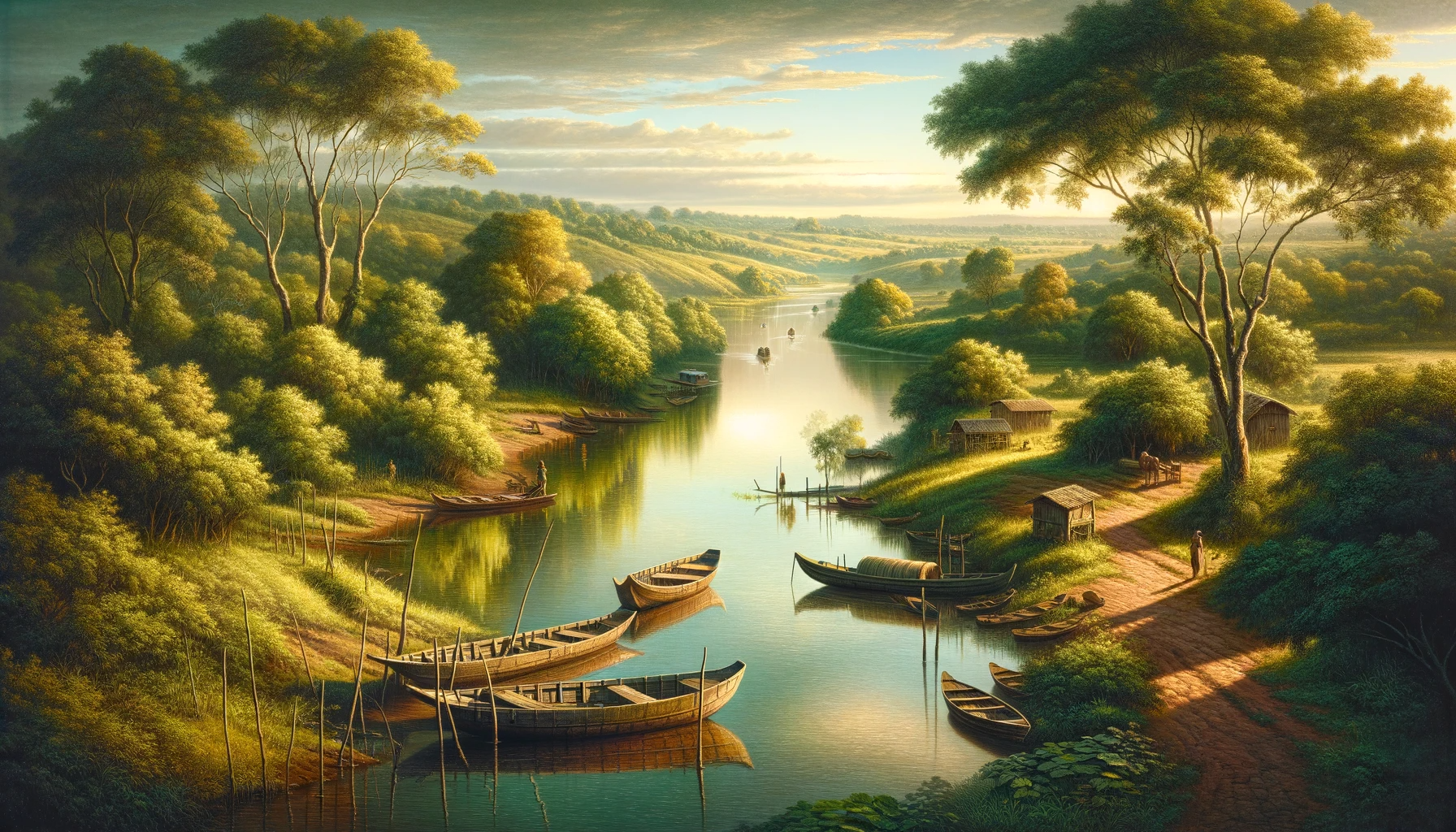Paraguay, often referred to as the “Heart of South America,” is a landlocked nation located in the central part of the continent. Known for its unique blend of indigenous and European cultures, Paraguay offers a rich historical heritage, stunning natural beauty, and a vibrant way of life. With a population of approximately 7 million people, Paraguay is one of South America’s smaller countries.
List of Public Holidays and National Holidays in Paraguay for the year 2024
- New Year’s Day – January 1, Monday, 2024
- National Heroes Day – March 1, Friday, 2024
- Maundy Thursday – March 28, Thursday, 2024
- Good Friday – March 29, Friday, 2024
- Labour Day – May 1, Wednesday, 2024
- Independence Day – May 14, Tuesday, 2024
- Chaco Armistice – June 15, Saturday, 2024
- Founding of Asunción – August 15, Thursday, 2024
- Boqueron Battle Victory Day Holiday – September 29, Sunday, 2024
- Virgin of Caacupé Day – December 8, Sunday, 2024
- Christmas Day – December 25, Wednesday, 2024
Country Profile: Paraguay
Geography: Fertile Plains and Vast Wetlands
Paraguay’s geography is characterized by its fertile plains, vast wetlands, and the Paraguay River, which flows through the heart of the country. The Chaco region to the west is a vast, semi-arid plain, while the eastern region is home to lush forests and agricultural lands. The Paraguay River and its tributaries play a significant role in the country’s transportation and commerce.
Capital and Major Cities: Asunción: The Capital City
Asunción, situated along the eastern bank of the Paraguay River, is the capital and largest city of Paraguay. Other major cities include Ciudad del Este, Encarnación, and Ciudad Juarez.
Culture: Guarani Traditions and Spanish Influences
Paraguay’s culture is a unique fusion of indigenous Guarani traditions and Spanish colonial influences. The majority of Paraguayans are mestizo, with a strong connection to their Guarani heritage. The Guarani language is widely spoken alongside Spanish, and the country’s folk music, including the polka-influenced “polca paraguaya,” is a significant part of its cultural identity. Paraguay also celebrates various festivals and traditional rituals, often featuring colorful costumes and lively music.
Economy: Agriculture and Hydroelectric Power
Paraguay’s economy relies on agriculture, with crops like soybeans, corn, and wheat being major exports. The country is known for its beef production and is one of the world’s largest exporters of beef. Additionally, hydroelectric power generation from the Itaipu Dam, shared with Brazil, is a vital source of revenue. Paraguay’s economy has been relatively stable compared to some of its neighbors.
Language: Guarani and Spanish
Both Guarani and Spanish are official languages in Paraguay. Guarani is widely spoken in daily life, particularly in rural areas, while Spanish is used in government, education, and business.

Tourism: Natural Attractions and Cultural Richness
Paraguay is slowly gaining recognition as a tourist destination. Visitors are drawn to its natural attractions, including the wetlands of the Pantanal, the Jesuit Missions (UNESCO World Heritage Sites), and the Ybycuí National Park. The country’s unique blend of cultures, traditional crafts, and friendly people also make it an intriguing destination for those seeking an authentic South American experience.
Neighboring Countries: Relations and Borders
Paraguay shares its borders with three neighboring countries:
- Brazil: To the east and northeast, Brazil is Paraguay’s largest neighbor. The two countries have strong economic ties, with trade and energy cooperation, including the joint operation of the Itaipu Dam. Brazil is also a significant market for Paraguayan exports.
- Argentina: To the south and southwest, Argentina shares a border with Paraguay. The Paraná River forms part of this border, and trade and transportation between the two countries are facilitated through river ports. Argentina is another important trading partner for Paraguay.
- Bolivia: To the northwest, Paraguay shares a border with Bolivia. While this border is relatively small, it contributes to regional connectivity. Bolivia provides an additional land route for Paraguayan goods to reach Pacific ports.
Challenges: Infrastructure, Education, and Healthcare
Despite its cultural richness and natural beauty, Paraguay faces challenges related to infrastructure development, education, and healthcare. The country is working to improve these areas to enhance the well-being of its citizens and promote sustainable economic growth.
Conclusion: Hidden Gem in the Heart of South America
Paraguay, with its blend of indigenous traditions and colonial influences, offers a distinctive South American experience. Its welcoming people, rich cultural heritage, and natural wonders make it a country worth exploring. As Paraguay continues to develop and invest in its future, it remains a hidden gem in the heart of the continent, waiting to be discovered by travellers seeking an authentic and enriching experience.

